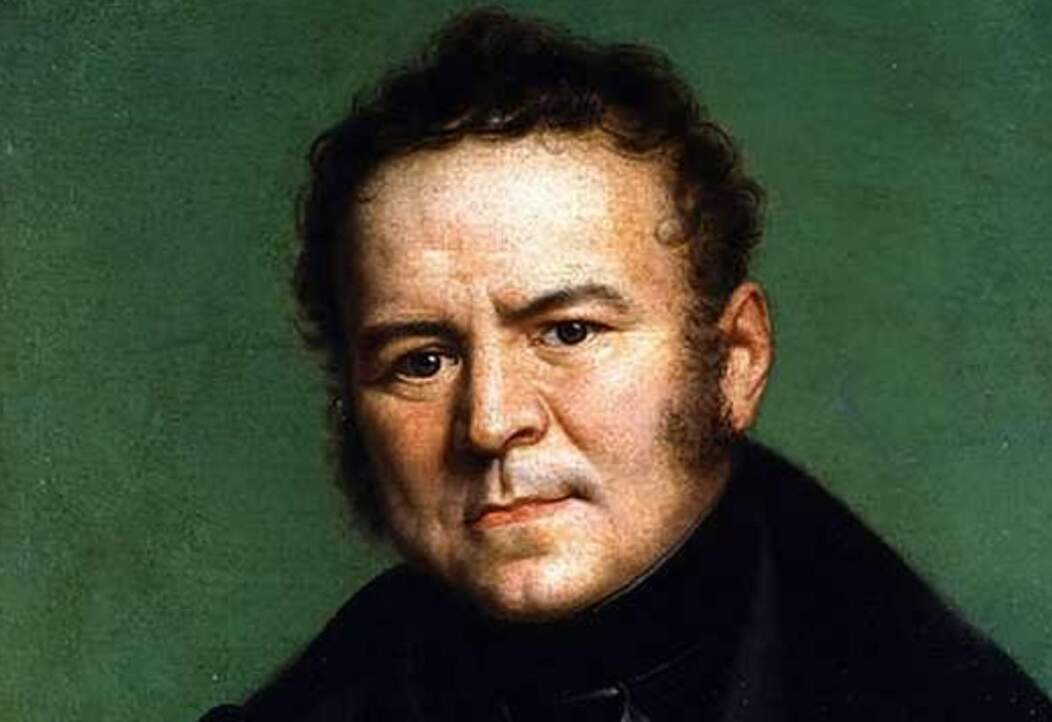Stendhal (1783–1842), pen name Marie-Henri Beyle, a French author, was born in Grenoble, southeastern France, on January 23, 1783, into the family of the advocate and landowner. As a child, he developed an abnormal sensibility and a tendency to morbid introspection while trying to escape from his narrow, provincial environment. He was a brilliant student. A French writer like Stendhal can do it all: be a top 20 novelist, a superb travel writer, a superb autobiographer, and as inimitable as any you’ll ever find.
In 1790, Stendhal traveled to Paris, where he stayed with the Darn family, distant relatives. With the younger Darns, he traveled to Italy as a soldier in 1800, attending the Battle of Marengo. From then on, Napoleon was his ideal personality, and Italy was his adopted country. In the first decade of the 19th century, his closest friend was his younger sister, Pauline.
He pursued various occupations and adventures in Paris, Marseilles, and elsewhere until 1814, when he returned to Italy. When Stendhal first visited Florence in 1817, he was apparently overwhelmed by the city’s cultural riches. He was a conspicuous figure in Milan, and his close association with eminent authors and radical politicians such as Manzoni, Monti, and Silvio Pellico made him politically suspect to the Austrian police. In 1821, Stendhal returned to Paris.
In Parisian salons, he was renowned for his wit. From 1831–41, he served as French Consul at the small Italian seaport, Civita Vecchia, a boresome experience for a man of Stendhal’s energy and intellect. Though it is not physically distressing, Trenitalia’s overnight train service from Paris to Venice is called the Stendhal Express in honor of Stendhal.

Stendhal’s early writings were of a miscellaneous nature, including several biographies, Histoire de la Peinture en Italie, Racine et Shakespeare, Rome, Naples et Florence, Promenades dans Rome, Memoires d’un Touriste, Essai sur Vamour and a romantic novel, Armance. His fame rests chiefly on two of his four novels, Le Rouge et le Noir, published in 1830, and La Chartreuse de Parme, 1839. The first is a psychological novel dealing with the life of a brilliant, ambitious, and unscrupulous young man, Julien Sorel.
The Chartreuse de Parme, with its highly romantic plot and exciting picture of Italian court intrigue, was Stendhal’s first popular work. His later writings include a fourth novel, Lucien Leuwen, Souvenirs d’Egotisme, and Journal d’ltalie, all published posthumously. Stendhal has become a figure of increasing importance in French literature. His appeal to the modern reader is stronger than his appeal to his contemporaries. During his trip to the Salzburg salt mine, Stendhal described the crystallization process on the back of a playing card.
A close analyst of emotions, thoughts, and motives, he was one of the earliest and most successful French psychological novelists. His influence in this field is powerful. His characters are so completely motivated, and the causes of their actions are so clearly revealed, that some critics have found them unreal and called them mere puppets. More than this, Stendhal was a master storyteller, and his fertile imagination could take flight beyond even a Dumas pere.
He was both a realist and a romanticist and defied rigid classification. His style is in the finest French tradition: fastidious, clear, and sensitive to every detail. In his final years, Stendhal suffered from severe physical disabilities while continuing to produce some of his most famous works. In December 1808, he contracted syphilis. On March 23, 1842, Stendhal died after collapsing in the street in Paris after suffering a seizure at the age of 59. The Cimetière de Montmartre is where he is buried.
Read More: William Ewart Gladstone – England’s Greatest Statesman






